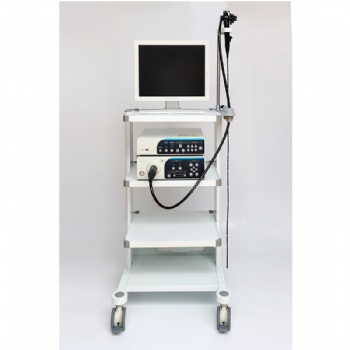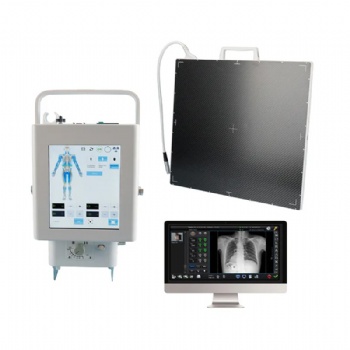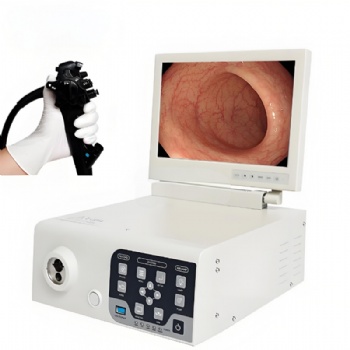News
What is a laparoscopy?
Laparoscopy is a surgical procedure used to examine the organs in the belly (abdomen). It can also examine a woman’s pelvic organs.
Laparoscopy uses a thin lighted tube that has a video camera. The tube is called a laparoscope. It is put into a tiny cut (incision) in your belly. The video camera images can be seen on a computer screen.
One benefit of laparoscopy is that it is minimally invasive. That means it uses a very small cut (incision) in the belly. Laparoscopy often takes less time and has a faster recovery than open (traditional) surgery.
Laparoscopy may be used to take a small tissue sample for testing (a biopsy). It can also be used to remove organs, such as the appendix (appendectomy) or the gallbladder (cholecystectomy).
What is laparoscopy done for?
Traditional surgeries best suited for laparoscopic surgeries include:
Cyst, fibroid, stone and polyp removals.
Small tumor removals.
Biopsies.
Tubal ligation and reversal.
Ectopic pregnancy removal.
Endometriosis surgery.
Urethral and vaginal reconstruction surgery.
Orchiopexy (testicle correction surgery).
Rectopexy (rectal prolapse repair).
Hernia repair surgery.
Esophageal anti-reflux surgery (fundoplication).
Gastric bypass surgery.
Cholecystectomy (gallbladder removal) for gallstones.
Appendectomy (appendix removal).
Is a laparoscopy a major surgery?
Laparoscopy is a minimally invasive procedure, but that doesn’t always mean it’s a minor surgery. Many abdominal procedures can be done as laparoscopic surgeries, but they’re still major surgeries. Your surgeon is the best person to tell you if your procedure is a major surgery, how to prepare for it and what to expect during recovery.
What is the difference between laparoscopy and laparoscopic surgery?
Laparoscopic surgery is similar to a laparoscopy. But instead of looking for medical problems, your healthcare provider uses a laparoscope and surgical instruments to operate on your internal organs. People often use the terms interchangeably.
Healthcare providers use laparoscopies for many common surgeries. More complicated conditions may require traditional “open” surgery through a larger incision. But healthcare providers prefer laparoscopic surgery for a growing list of everyday operations because it costs less and improves surgical outcomes.
Categories
Contact Us
- +86-18018467613
- +86-13357930108
- info@82tech.com




